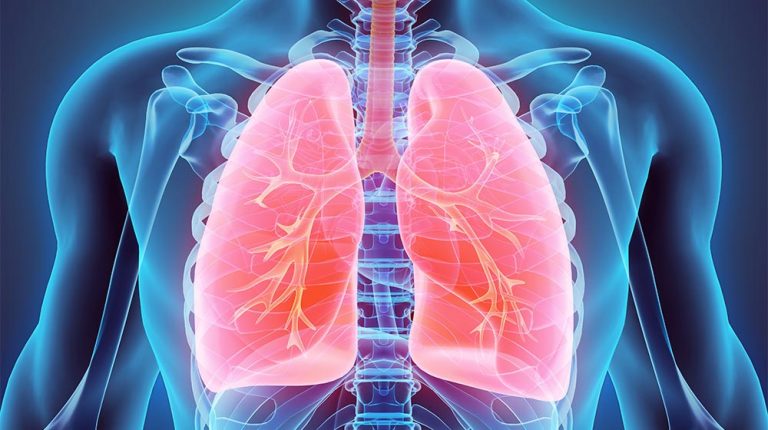
What are Chronic Lower Respiratory Diseases?
- March 15, 2024
- Posted by Dr. Vaidya Karanvir Singh
- 0 Comment(s)
Chronic Lower Respiratory Disease (CLRD) is a group of lung conditions that affect the airways and structures of the lower respiratory tract.
The most common forms of CLRD include :
Chronic obstructive pulmonary disease (COPD), Asthma, bronchiectasis and interstitial lung diseases.
Table of Contents
CAUSES OF CLRD
The specific causes depending on the type of CLRD:
1. Chronic obstructive pulmonary disease (COPD):
· Smoking
· Air pollution
· Occupaional exposures
2. Asthma :
· Allergens : Exposure to allergens, such as pollen , pet dander .
· Irritants : Irritants in the air , such as tobacco smoke , air pollution
· Respiratory infections : Viral or Bacterial infections.
3. Bronchiectasis :
· Autoimmune conditions that affect the immune system such as rheumatoid arthritis or lupus increase the risk of bronchiectasis.
· Severe or repeated respiratory infections can lead to bronchiectasis.
4. Interstitial Lung Diseases :
· Environmental exposures : exposure to environmental toxins such as silica dust or asbestos fibers .
· Autoimmune conditions such as scleroderma or rheumatoid arthritis can cause interstitial lung diseases.
SYMPTOMS OF CLRD
· Common symptoms include:
· Cough
· Shortness of breath
· Wheezing
· Chest tightness
· Fatigue
· Weight loss
· Blueness of the lips or fingernail beds
· Frequent respiratory infections
· Swelling in the legs or ankles
Risk Factors for CLRD
1. Occupational hazards such as dust , chemicals and other fumes.
2. Being born prematurely
3. Tobacco smoke
4. Long-term exposure to indoor and outdoor air pollution increase the risk of CLRD.
5. Asthma
6. Genetics : some individuaals may be genetically predisposed to developing certain types of CLRD such as alpha-1 antitrypsin deficiency.
HOW TO CURE THEM NATURALLY
CLRD with some natural remedies and lifestyle changes helps to manage symptoms and improve overall lung health.
Some Herbal Remedies are:
1. Eucalyptus :
Eucalyptus oil is often used in steam inhalation to help relieve congestion and improve breathing.
2. Ginger :
Ginger has anti-inflammatory properties and help reduce airway inflammation and improve lung function.
3. Turmeric :
Curcumin is the active compound in turmeric and has antioxidant and anti-inflammatory properties.
4. Licorice Root :
Licorice root has been used in traditional medicine to help soothe the respiratory tract and reduce coughing.
5. Thyme :
Thyme contains compounds that have been shown to have antimicrobial and expectorant properties is potentially beneficial for respiratory infections and cough.
PANCHAKARMA THERAPY
Panchakarma typically involves several stage including :
1. Purvakarma : This include dietary changes , herbal preparations and oil massages to prepare the body for cleansing.
2. Therapeutic Measures (Pradhanakarma): This involves the main cleansing therapies which include:
· Vamana (therapeutic vomiting ) : This is used to expel toxins from the upper respiratory tract and stomach.
· Virechana (Therapeutic purgation) : This eliminate toxins from the intestines.
· Basti (enema therapy) : This involves the use of herbal preparations to cleanse the colon.
· Nasya (nasal administration) : This involve the use of herbal oils or powders administered through the nose to cleanse the respiratory passages.
3. Paschatkarma : This involves rejuvenation therapies and dietary recommendations to restore balance and maintain health.
PREVENTION OF CLRD
– Avoid smoking , tobacco
– Avoid indoor and outdoor air pollutants
– Regular physical activity can improve lung function
– Drinking plenty of water
– Practice breathing exercises

Dr. Vaidya Karanvir Singh is the younger Vaidya in Chandigarh Ayurved & Panchakarma Centre. He is the fourth generation in his family who is practicing as a general consultant in Ayurved & Panchakarma treatment at Chandigarh. In his practice, he had treated more than 1 Lakh Plus patients worldwide.

